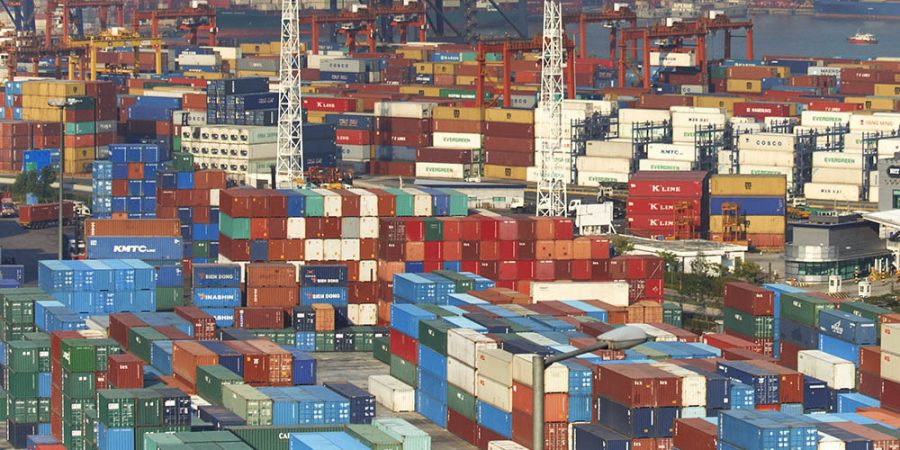The post-Brexit search for quality growth
by Clas Olsson, CIO, Invesco International and Global Growth, Invesco Canada
While the news of the U.K.’s vote to leave the European Union may have taken many investors off guard, we were prepared to take action in the surprise event of a Brexit vote. In the run-up to the vote, we diligently reviewed our existing holdings and potential investment candidates – not just in the U.K. and Europe but also in other regions around the world – creating a “watch list” of stocks in anticipation of the potential market dislocation that would likely result from a “Brexit” decision.
Most portfolios managed by our team held cash levels above their historical averages ahead of the vote, enabling us the flexibility to put client money to work should we see distressed selling and opportunity. On June 24, when global markets opened after the news, we made selective purchases in the majority of our portfolios, including Invesco International Growth Class.
With respect to our International Growth portfolio, the post-vote sell-off has been more concentrated in holdings where our portfolio has less exposure, including some select areas within the financials and industrials sectors. While opportunities in the higher-quality areas of the market have been much more limited so far, we remain prepared to step in should the sell-off broaden.
Looking past the immediate aftermath
The Brexit outcome has led to an immediate weakening of the British pound and is expected to lead to weakening economic growth in the U.K. The pound is now trading at multi-decade lows,1 so downside may be more limited once the initial market reaction passes, in my view. The U.K. economy has also been stronger than most of Europe, and deflation was considered to pose less of a relative threat.
There remains significant uncertainty over how the U.K. exit will be negotiated, how long it will take to execute and the overall impact. Another potential impact of the Brexit vote is how the EU will manage should other member countries (e.g., Spain and Portugal, among others) look to renegotiate terms and hold their own referendums. We anticipate that such contagion represents a meaningful ongoing risk to markets.
Despite the prevailing uncertainty, we believe that Invesco International Growth Class’ non-U.K. European holdings generally have high-quality characteristics and meaningful international earnings, which should soften negative impacts. Moreover, as described in our previous blog post, Investing under the spectre of a Brexit, we believe the U.K. holdings in the portfolio (primarily large- & mid-cap) are well-positioned despite the Brexit decision for a variety of reasons:
- The portfolio’s U.K. exposure is concentrated in diversified global multinationals that we believe are not overly dependent on trade with the EU
- The vast majority of the portfolio’s U.K. holdings have less than 25% of revenues that are exposed to the euro
- Many of our largest U.K. holdings have considerable exposure to the U.S., so these company’s earnings stand to benefit from the conversion from U.S. dollars to a weaker sterling
- Production sectors likely face more uncertainty than service sectors, and about 75% of the fund’s U.K. exposure is in companies that are service providers
Taking a quality growth approach
Overall, we expect continued market volatility in the days and weeks ahead as investors reposition for the Brexit scenario and its attendant uncertainties related to the timing and nature of the U.K.’s exit, economic impacts and the broader ramifications for Europe. These uncertainties reinforce the case for our Quality Growth approach to equity investing. We have high conviction in our well-established, long-term, bottom-up investment process that focuses on analyzing the specific EQV characteristics of each company: Earnings, Quality and Valuation. If we find attractive companies in the U.K., across Europe or anywhere else around the world, we will continue to evaluate them on the basis of their fundamentals, not macroeconomic uncertainties.
This post was originally published at Invesco Canada Blog
Copyright © Invesco Canada















